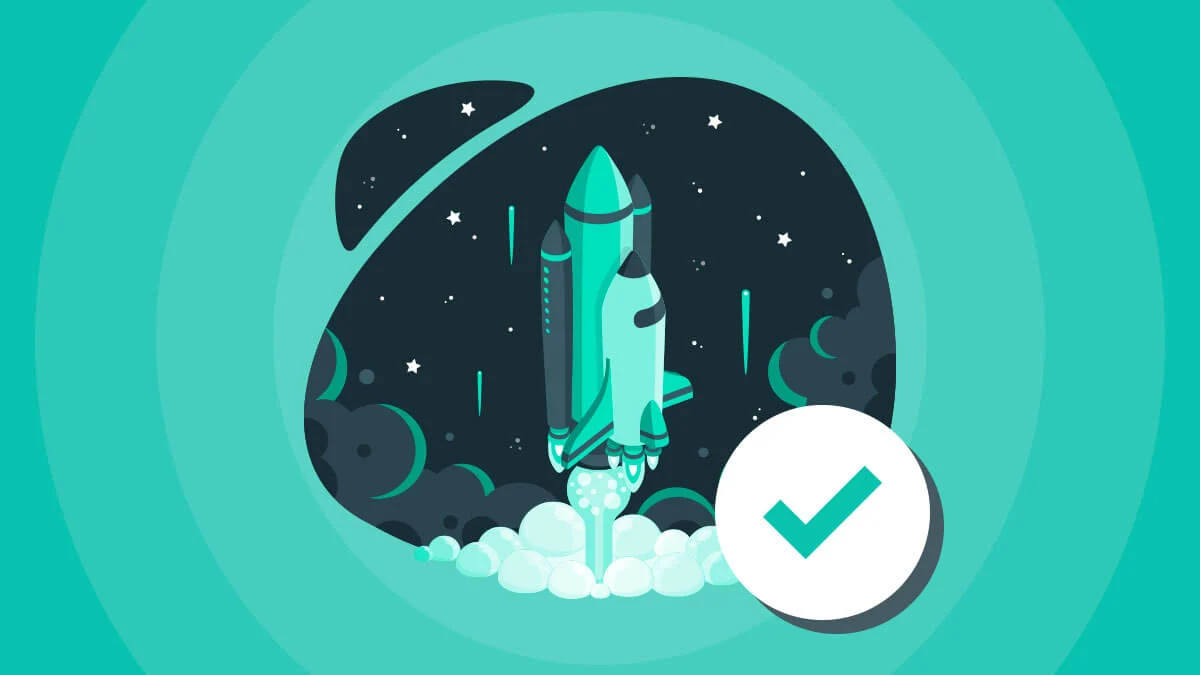The web development phase of a website usually doesn’t require the client’s involvement. However a good digital agency will allow you to preview and monitor the progress of your website during this phase.
The 4 Stages of Developing a Website
There are 4 main stages to developing a website:
- HTML and CSS
- CMS Integration
- Standard Functionality
- Custom Functionality
HTML and CSS
The technical term for HTML and CSS is front-end development. This part of the website runs on the visitor’s computer rather than on the web server. This means that each unique browser, in which the visitor views the website , can affect how the website looks or is displayed.
Hypertext markup language (HTML) is the website code that creates the basic building blocks for a web page. These building blocks are then styled to incorporate the web design you have chosen using cascading style sheets (CSS).
Once the HTML and CSS components have been completed you will actually have a working website. The website in this state however, will only have the basic functionality and only someone who can write HTML and CSS code could edit the website.
A client who didn’t request a content management system (CMS) would now have their website ready for the testing phase unless any custom functionality or development was required.
CMS Integration
This stage is where the website is put into a system that allows you to edit and make changes to the website content yourself. There are a number of systems on the market with this functionality, some of which are free, such as the famous WordPress and others that require a commercial license such as ExpressionEngine. Each digital agency has their preferred CMS, however, the best CMS for the website should be based on your specific requirements, technical ability and budget.
In order to integrate the website into a CMS, the HTML and CSS created in stage 1 is converted into what’s called a theme. A theme is a template which is built to the specifications of the chosen CMS and is made up of the design and website structural layout. Once the theme is installed and applied to the CMS the basic configuration of the system is complete.
Standard Functionality
Basic functionality of a website can often be generated through a content management system. Functionality such as a search or member login is usually already provided by the CMS out of the box. This functionality can be integrated into the website, then styled and configured to suit each client’s needs. The amount of functionality that can be built into a website really depends on the scalability of the CMS chosen for the project. This is why the project brief is such an important part of the web design process.
Custom Functionality
Any functionality that the CMS doesn’t provide out of the box is considered custom functionality. This functionality would be created by an experienced web developer and depending on the functionality required can be a slow and expense process.
Always get a fixed quote for any custom functionality and additional development. It’s better to know what’s involved in adding the extra functionality and what you’ll be spending upfront. This puts you in a better position to maintaining your initial website budget.
If your website requires complex functionality and you didn’t request a CMS, this can also be referred to as custom functionality/development.
Once the web development phase is signed off, you’ll have a completely functional website. Testing is the next phase in the process. This is where all the website components are tested to ensure they’re working as expected before making the site live.





